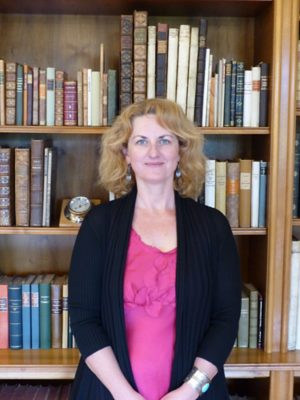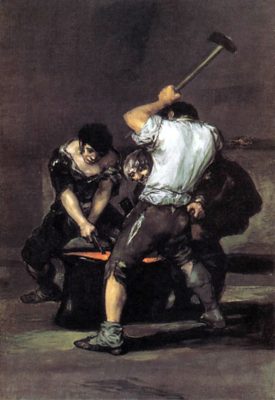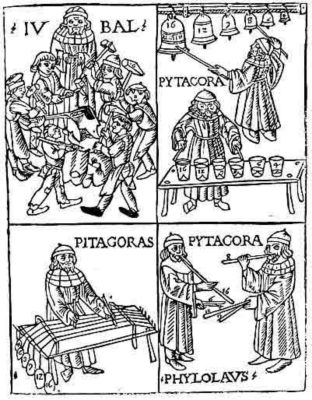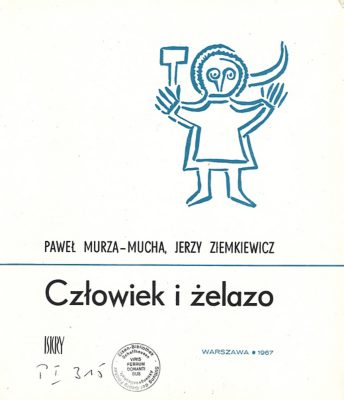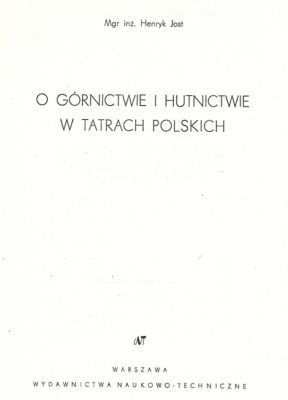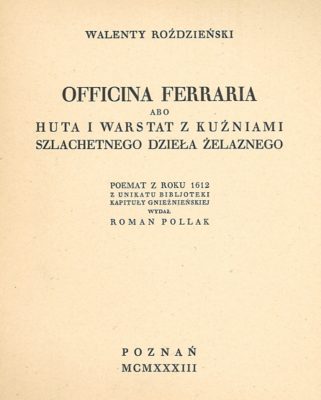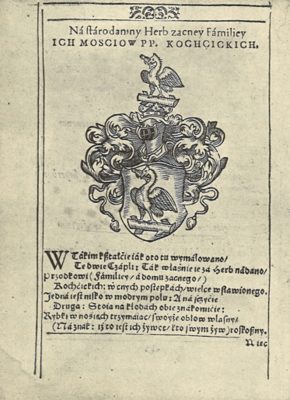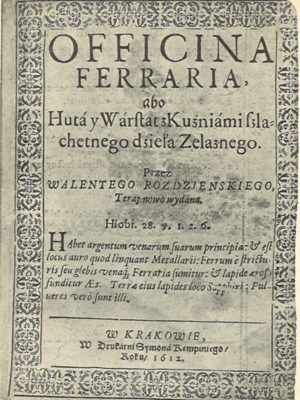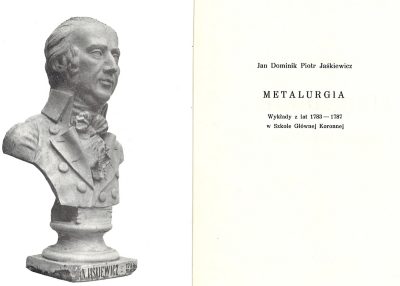Jerzy Piaskowski’s polonica collection
published September 2015
The favorite book of Anna Adamek
Choosing a favorite book is like choosing a favourite child – an impossible task! Anna Adamek has looked through so many exceptional publications during her research as a Scholar-in-Residence at the Iron Library. However, the collection that surprised her the most was the material on the history of metallurgy published in Poland between the 1960s and the early 1980s. How did the Iron Library come to acquire such a collection?
